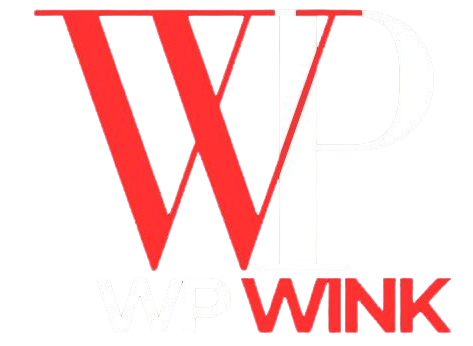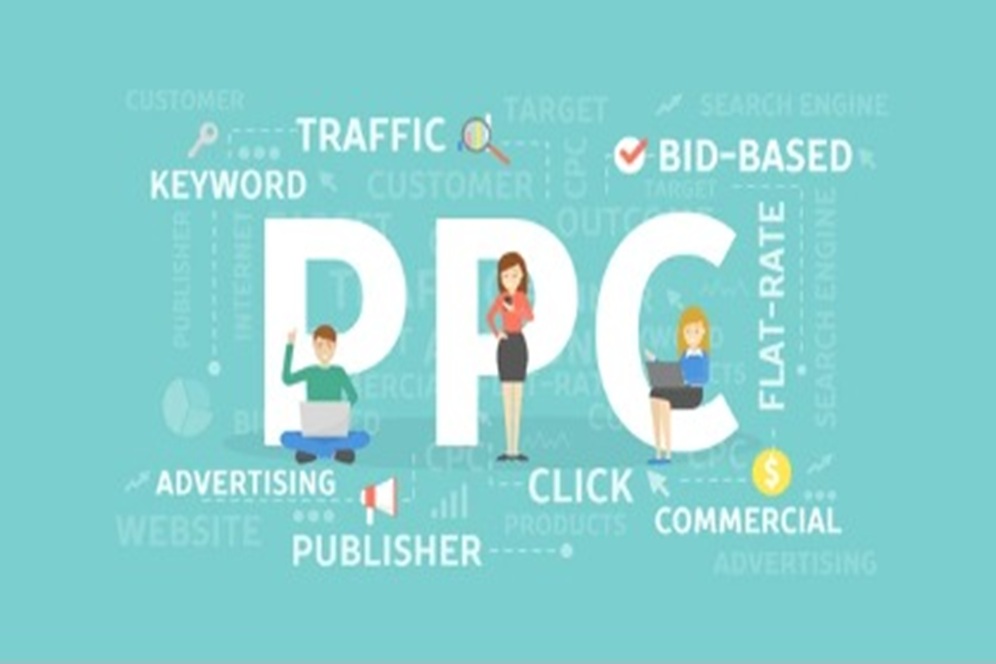Introduction
Hey there! If you’re like me and passionate about digital marketing, you’ve probably come across the term PPC advertising more times than you can count. PPC, or pay-per-click, advertising is one of the most effective ways to drive targeted traffic to your website through Google ads, Meta ads, and other paid marketing channels.
But if you’re new to PPC or need a refresher, don’t worry—I’ve got your back! Let’s break down the essentials of PPC advertising so you can start running profitable campaigns and seeing results.
What Is PPC Advertising?
At its core, PPC advertising is a model of online marketing where advertisers pay a fee each time one of their ads is clicked. Rather than organically earning visits to your website, you’re essentially buying traffic. It’s a super-efficient way to reach potential customers who are already searching for what you offer.
The most common forms of PPC advertising include Google ads (search engine marketing) and Meta ads (Facebook and Instagram). These platforms allow you to target specific audiences, show your ads to the right people, and only pay when someone clicks.
Why Use PPC Advertising?
For me, PPC advertising is a no-brainer because it:
- Drives immediate traffic: You don’t have to wait for SEO to kick in.
- Targets specific audiences: You can set precise demographic and interest-based parameters.
- Boosts conversions: By targeting people ready to buy, PPC can lead to high conversion rates.
Google Ads: The King of Paid Search
If you’ve ever searched for something on Google and noticed the ads at the top of the results, you’ve seen Google ads in action. This is one of the most powerful tools in paid marketing because it allows you to target keywords your potential customers are actively searching for.
How Google Ads Work:
- Keyword bidding: You bid on specific keywords relevant to your business. When someone searches for those terms, your ad may appear in the search results.
- Ad placement: Google displays your ad based on your bid, the relevance of your ad, and the quality of your landing page.
- Pay-per-click: You only pay when someone clicks on your ad, making it a cost-effective way to reach potential customers.
- Pro Tip: Focus on long-tail keywords that are less competitive but still relevant to your audience. They tend to have lower costs and better conversion rates!
Meta Ads: Harnessing the Power of Social Media
Now, let’s talk about Meta ads—the paid marketing platform for Facebook and Instagram. I love using Meta ads because social media is such an integral part of people’s daily lives. You can create highly targeted campaigns based on user demographics, interests, and behaviors.
How Meta Ads Work:
- Audience targeting: You can define your audience based on age, location, interests, and even behaviors like online shopping.
- Ad formats: Meta ads offer several formats like carousel ads, video ads, and stories that let you get creative with your messaging.
- Custom audiences: One of my favorite features is the ability to create custom audiences based on website visitors, email lists, or even lookalike audiences.
- Pro Tip: Always use high-quality visuals in your Meta ads. Facebook and Instagram are visual platforms, so eye-catching imagery is essential for grabbing attention.
Crafting a Winning PPC Strategy
When I’m setting up a paid marketing campaign, whether it’s for Google ads or Meta ads, I always follow these steps to ensure success:
Set Clear Goals
Start by defining what you want to achieve with your PPC campaign. Are you looking to generate leads, drive traffic, or increase sales? Setting clear goals will help you measure the success of your campaign and optimize it as you go.
Choose Your Platform
Decide where your target audience spends the most time. If they’re actively searching for products or services, Google ads might be the way to go. If they’re scrolling through social media, consider using Meta ads to capture their attention.
Create Compelling Ads
Your ads need to be engaging and relevant to your audience. Use concise copy, strong calls-to-action, and visually appealing images or videos. Remember, you only have a few seconds to grab someone’s attention.
Monitor and Optimize
Once your campaign is live, don’t just set it and forget it! Keep an eye on performance metrics like click-through rates (CTR), conversion rates, and cost-per-click (CPC). Optimize your campaigns by tweaking ad copy, targeting, and bids as needed.
Final Thoughts
PPC advertising can be an incredibly powerful tool in your digital marketing toolkit. By leveraging platforms like Google ads and Meta ads, you can quickly reach your target audience, drive traffic, and ultimately boost sales. Remember, success in paid marketing comes down to strategy, creativity, and continuous optimization.
So, if you’re ready to give PPC advertising a try, go for it! With the right approach, your efforts will pay off in the form of higher traffic, better conversions, and greater ROI. Good luck!


Cristy
Hey! Do you know if they make any plugins to help with SEO?
I’m trying to get my blog to rank for some targeted keywords but
I’m not seeing very good gains. If you know of any please
share. Thanks! I saw similar text here: Bij nl